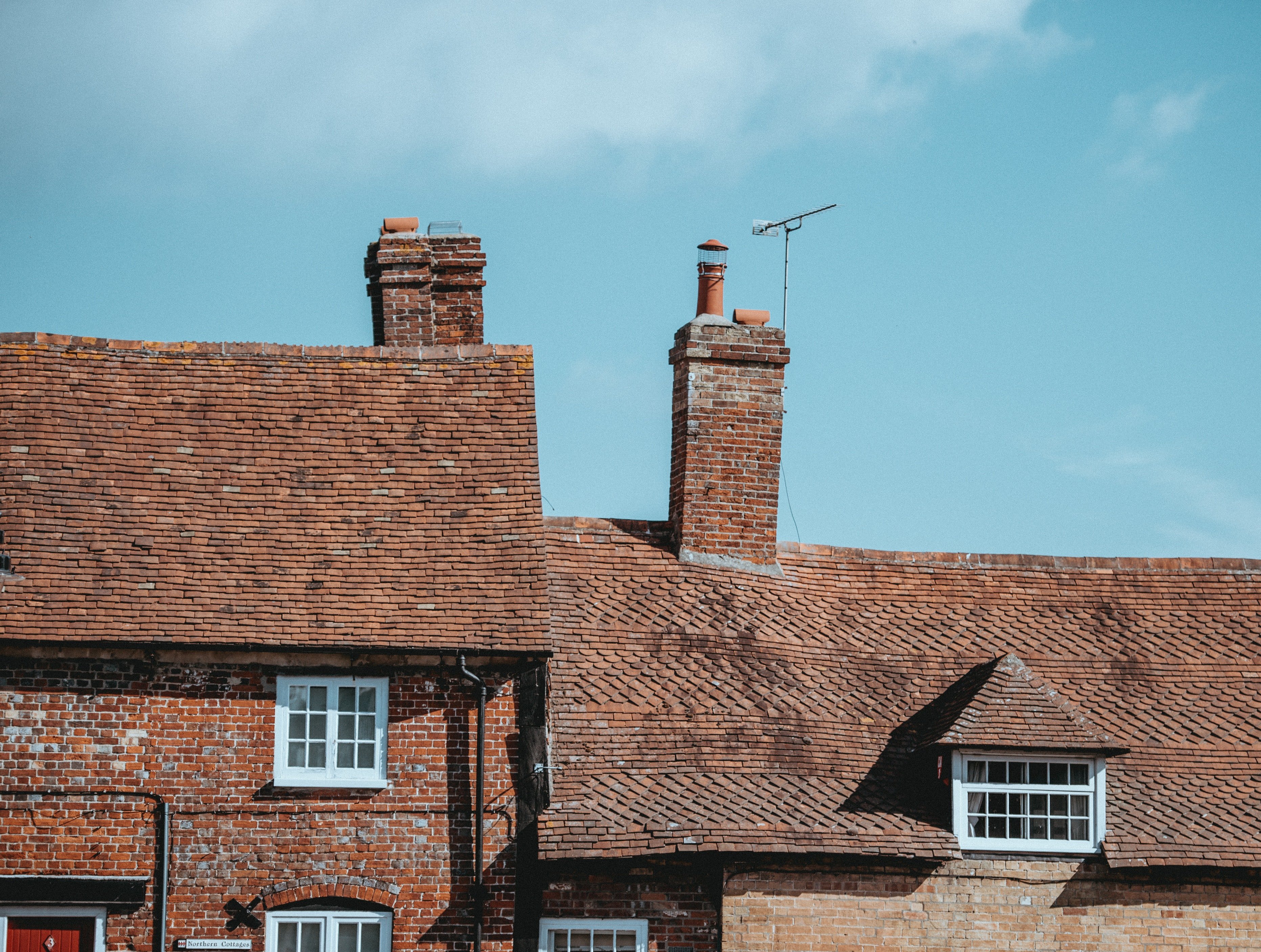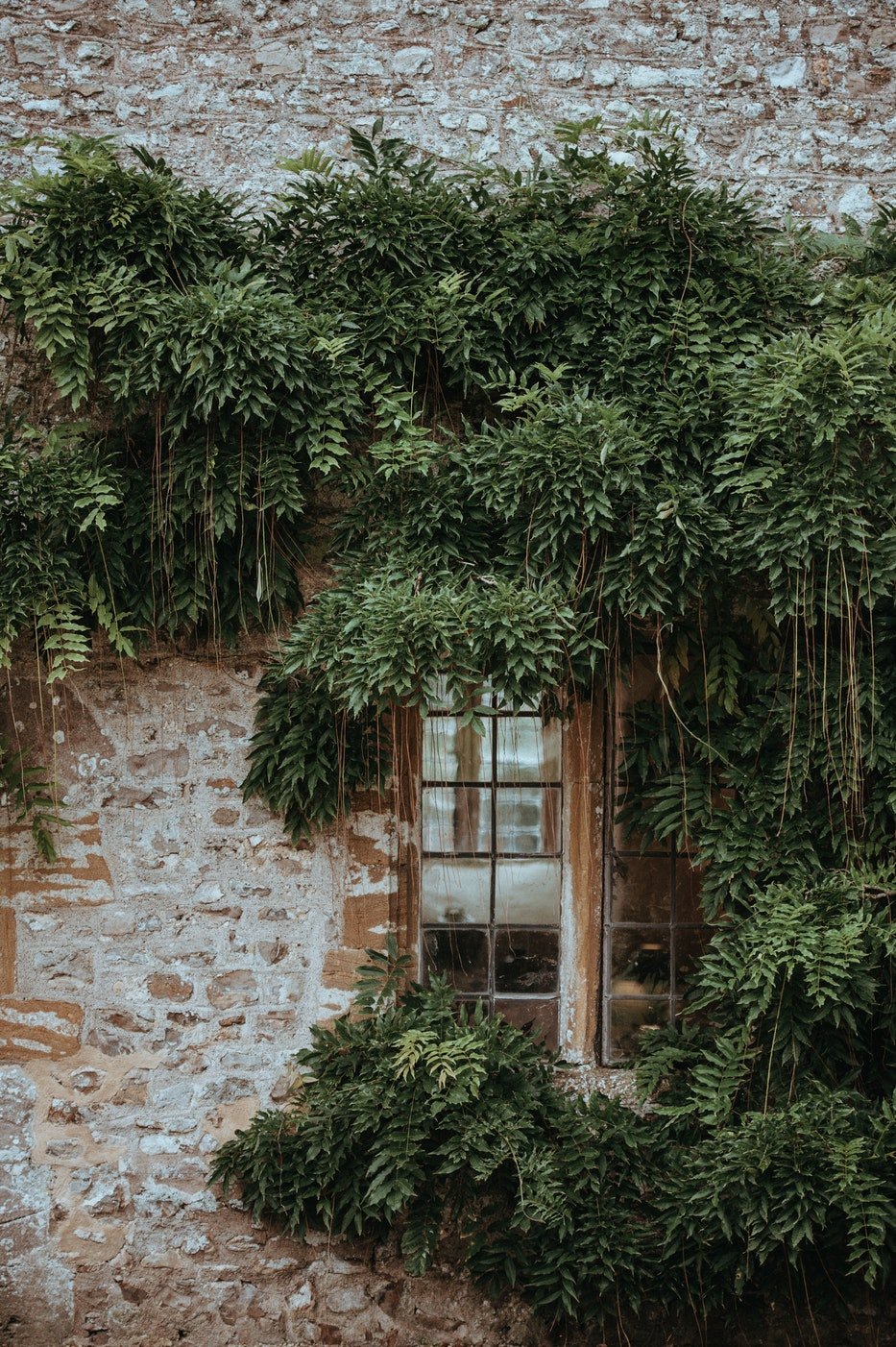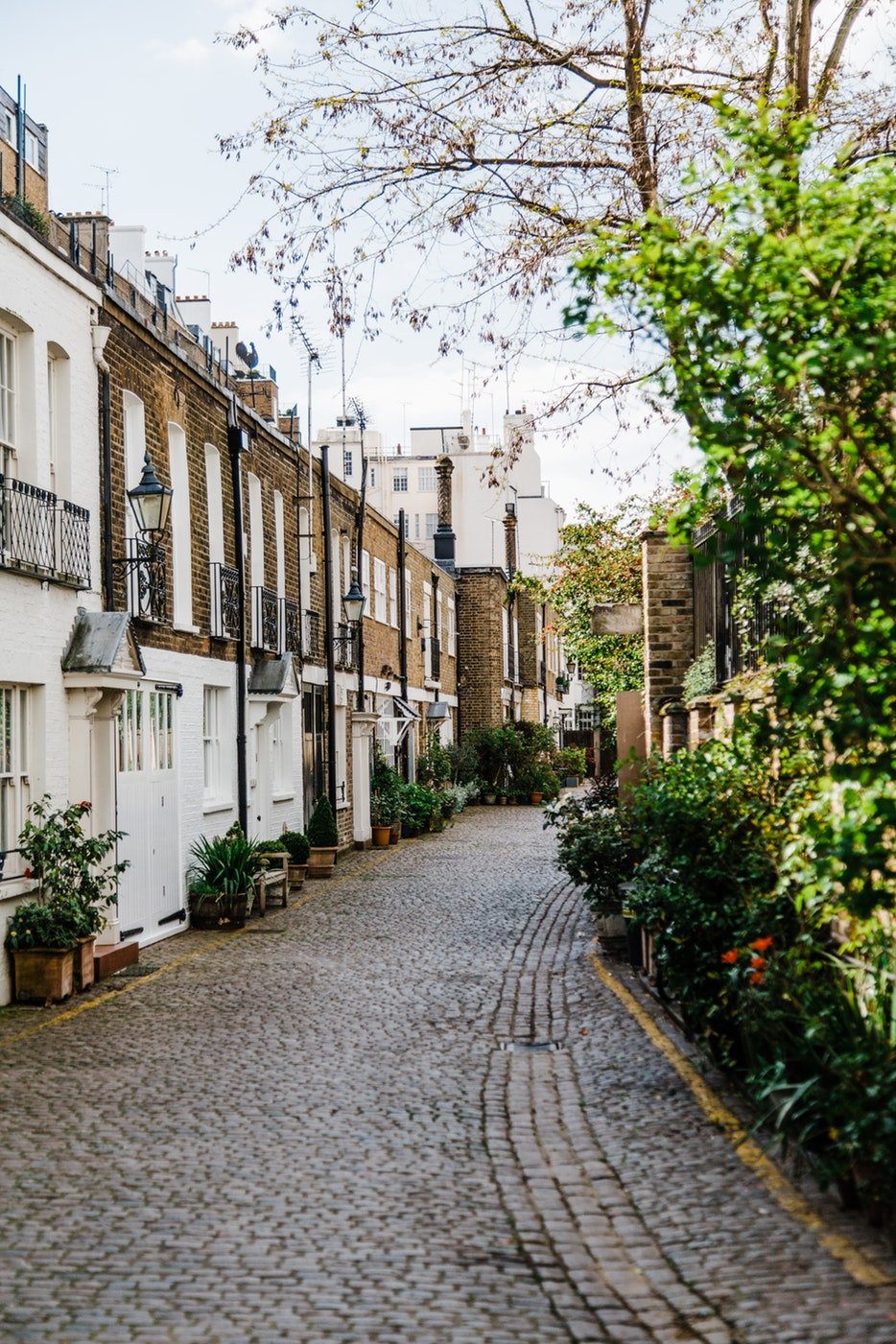A well-built house is a basic necessity, it is known and while buying a house takes off this major burden off your shoulders, it is only the beginning of a great responsibility as home owning is like a superpower, with great power comes great responsibility, with a home come many worries regarding maintenance.
The house needs to be in prime condition to make living in it easier. However, natural elements, especially rainwater can be your home’s greatest enemy. Now you cannot control the conditions of water damage, but you can always be ready to save your house from it with simple tips and tricks.

Regular maintenance can prove to be a lot safer and cheaper than repairing huge damages, we have asked a roofing company what we can actually do to prevent water damage and they`ve helped us formulate this article, their professional background contributed greatly to what you are about to read. We invite you to scroll down and find out how you can save your house from water damage and how you can make your shelter more resistant against it overall.

Protecting Your Roof Against Water Leakage
The roof is a chief part of the house that provides you shelter, and protection from precipitation of rain and snow. This makes the roof more vulnerable to water damage and leakage if not maintained properly. To make sure your roof withstands these harsh conditions, you must –
-
Fix Water Leaks
Standing water, especially on concrete flat roofs, can cause weakening of your ceiling and formation of water spots on the inside. Leaving these water spots unattended can allow development of cracks in your ceiling, as well as the growth of mold.
Spotting these general areas of water leak is easy and can help pinpoint the source of the leak. The most probable causes for these leaks could be busted pipes, clogged roof drainage, or collection of rainwater in a roof dents. Waterproofing and sealing the roof terrace is the best way fix flat roof water leakage.

-
Inspect Flashings
Flashings are aluminum or galvanized steel plates used to cover up roof joints, primarily to avoid accumulation and leakage of water. They are useful in directing the flow of rainwater to downspouts and drains. Damaged flashings can lose their efficiency, hence allowing leakage of water.
It is recommended that roof flashings should be checked regularly for corrosion and damage. Flashings usually develop cracks, folds, curls and holes – favorable weak points for water to leak through during storms and blizzards. Make sure the flashings near the roof’s dips and valleys like chimney, pipes, skylights and windows are smooth and intact.
-
Replace Shingles
Shingles keep your roof safe from collapsing by letting water and snow slide down. However, water can make way into the ceiling through gaps and holes in the shingles. Growth of moss and mold can concentrate the moisture in that area, weakening the shingle and the ceiling beneath.
If some of your shingles are damaged, repairing and reusing them cannot guarantee that the shingle will not let water seep through. Most contractors will suggest replacing the damaged shingles altogether. If your shingles have remained intact for more than a decade with minimum maintenance, consider renewing your entire roof, since the maximum lifespan of the shingles is (give or take) 15 years.

-
Unblock Downspouts
Downspouts and gutters are meant to drain away the excessive water flowing down the roof shingles. However, they also have the tendency to let dirt, shingle granules, and leaves gather up in them. This clogs the path of the flow of rainwater, allowing it to pool on the roof. This degrades the quality of roof shingles and gutters both.
Clearing up these clogged downspouts can prevent collection of standing water, and can keep the excess water flowing. You can ensure that the gutters remain clean by installing gutter shields that avoid foliage, debris and dirt from blocking the water channel. Readjusting the slope of the downspouts can also stop water from collecting up in pits in the gutter.
-
Maintain Roof Vents
Roof vents or Intake vents offer clean air to be ventilated around your house. To prevent these vents from leaking rainwater or wind driven stormy rain, make sure your vents are high quality products. The effectiveness of you vents can be known by the specific area-based codes sanctioned by your state. Adding moisture reduction feature to your vents can keep the vents free from water damage.

Protecting Your House Against Water Damage
After tackling the maintenance of the roof, the obvious next step is to have a glance at the maintenance of the rest of the house. Preserving the conditions of the interior and the exterior of the house can feel elaborate, but regular observation can help solve issues before they worsen. You can –
-
Protect Doors and Windows
Doors and windows are the most vulnerable places in your walls where water can seep through during storms and floods. The weakening of material can be observed by the peeling paint and plaster layers around the frames, and swelling of said frames.
Caulking and sealing the strip around the frames of doors and windows guards the wall from water leakage. Overhangs are a classic way to shelter doors and windows from the direct impact of rainwater, but most modern houses opt to eliminate the option for the purpose of aesthetic appearance. Cavity walls are another way to channel rainwater away from doors and windows.

-
Maintain Indoor Plumbing Systems
Plumbing systems inside the house can be very complicated to understand and maintain, but it is not difficult to do so. The automatic appliances – water heaters, dishwashers, washing machines – usually get an automatic water supply. It is necessary to check these hoses and faucets for cracks and leaks, and replace damaged ones promptly.
Shutting the main water supply to your house while out on vacation, can ensure leak proof plumbing. This can save time and money, and keep your belongings dry in case of an unsupervised pipe burst. Another way to control your plumbing issues during storms is to install a sump pump. You can also check for leaks by comparing your water bills to your usage.
-
Guard Exterior Walls
Exterior walls of your house take most impact from the natural elements like the wind, the sun and the rain. These walls should be well plastered, waterproofed and painted with good quality paints. Refreshing the paint coat every few years can help your wall last longer.
You should also consider maintaining your exterior walls while gardening and landscaping. Shrubbery, potted plants and vines should not be kept in direct contact with the walls, as the root system and moisture concentration can develop cracks in them. Make sure your sprinklers and irrigators are installed away from the wall to reduce degradation of the foundation.

-
Prevent Water Seepage in Basements
The low-lying nature of basements makes them susceptible to accumulation of floodwater or moisture. This can cause an uncontrollable growth of mold on walls, damaging the strength of the foundation. If the soil around the house is saturated with water content during rains, there is a high possibility of water seepage in your basement.
Resealing and waterproofing your basements along developed cracks can increase the resistance against moisture. Make proper arrangements to channel the flow of water away from the foundation of the building.
-
Ensure Proper Drainage
The drainage system of the house can deteriorate the foundation of your house and create cracks and paths to allow water seepage. The soil can shrink and loosen up during dry seasons like summers. Following rains can cause the soil to swell up and pressurize the wall. This can also cause problems with frost and snow in winters.
Cleaning and unclogging gutters regularly can reduce water pressure and moisture collection in drainage pipes, eventually reducing the probability of developing cracks in the walls. If you cannot clean up the drainage yourself, hiring services for it can cost around $50 – $250. Installing backwater valves can prevent sewage water from seeping in and causing damage.

Conclusion
Thus, we can see how protecting your house from water damage can seem tedious, but regular maintenance can help save time, money, and resources. If you know any other ways to control damage of your house by water and moisture, please do share with us.
Featured Image via Blake Wheeler@blakesox
Related Articles
Types of Rolled Roofing for Easy & Cost-Effective Roofing
What is a Mansard Roof and What Advantages/ Disadvantages It Carries



